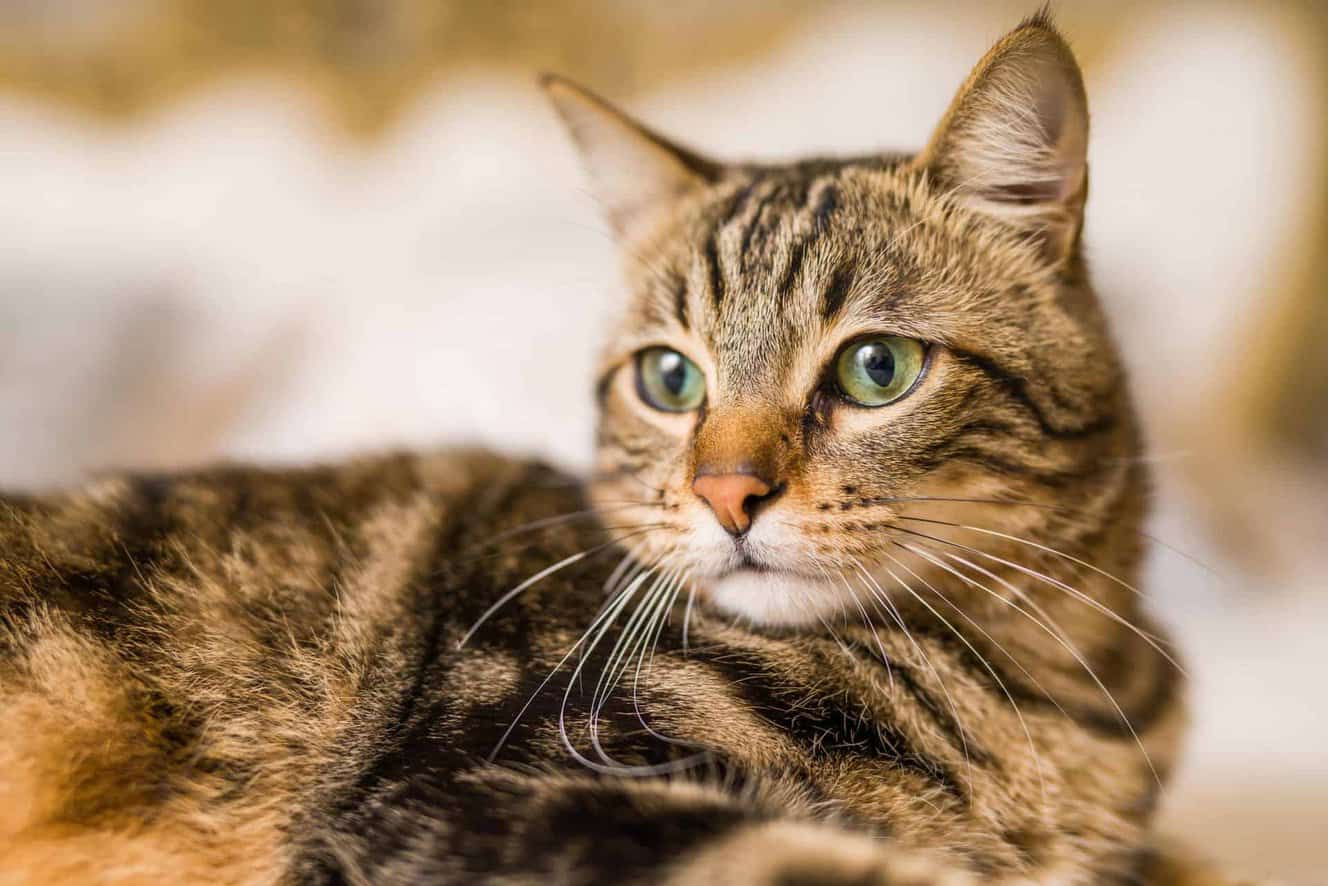
Since April 2016, all dogs in England, Scotland and Wales must be microchipped – it’s been mandatory in Northern Ireland since 2012. Owners who don’t comply could face a hefty fine. The value of this, providing that details are kept up to date, is that it’s much easier to reunite lost pets with their worried owners.
The UK’s biggest cat charity, Cats Protection, argues that microchipping should become a legal requirement for owned cats, as it already is for dogs. Currently, eight out of 10 stray cats taken in by the charity’s Adoption Centres in England are not microchipped, making it virtually impossible to trace an owner.
Battersea backs microchipping
Reporting on the impact that the compulsory microchipping of dogs has had, Claire Horton, Battersea’s Chief Executive, states: “Battersea believes passionately in the value of microchipping. We have seen the benefits of compulsory microchipping first-hand at our centres – in 2018 we reunited 892 dogs with their keepers, the overwhelming majority of which were accurately microchipped. This figure is impressive when compared to the 475 we were able to reunite in 2015, before the microchipping of dogs was made compulsory.”
Compulsory for cats?
So, what do animal welfare charities think about compulsory microchipping for felines? It seems there’s an overwhelming thumbs up for it to be made law:
- Cats Protection’s Head of Advocacy & Government Relations, Jacqui Cuff, states: “Microchipping is an essential part of being a responsible pet owner. Introducing compulsory microchipping of owned cats would encourage more cat owners to microchip their cats, meaning that lost cats can be identified and returned home rather than handed into rehoming charities as strays. It also means that injured cats can be quickly identified by vets and their owners can be informed and involved in their care. Cats are just as popular and well-loved, so it’s only right that this should also apply to owned cats to ensure they have the same level of protection.”
- According to Blue Cross, almost a quarter of cats admitted in 2017 were brought in as strays but the charity believes most of them were actually owned pets. That’s why Blue Cross is also calling for the microchipping of cats to become compulsory. Karina Grimwade, Blue Cross Rehoming Manager, says: “We know how heart-breaking it can be when a beloved family pet goes missing. If pets aren’t microchipped there is no way of reuniting them with their owner.”
- International Cat Care is in agreement with both the World Small Animal Veterinary Association (WSAVA) and the American Veterinary Medical Association (AVMA) in affirming that microchipping of dogs and cats is safe and very rarely associated with any significant problems, stating: “The accurate and permanent identification of pet cats is both important and desirable and has been regarded as an essential component of cats’ welfare. Having this information is vital in reuniting cats with their owners should a cat ever stray, escape or get lost.”
- The RSPCA also believes that microchipping your pet – dogs, cats and rabbits – gives them the best chance of being identified and returned if they become lost or stolen. While collars and tags can get caught or removed – microchipping identifies your pet permanently and effectively. The charity advises speaking to your vet about what’s involved and also warns about keeping details updated: “Microchipping is only effective if you keep your details up to date. If you move house, or change your telephone number, you must make sure that you tell the database you are registered with – such as Petlog – so that they have your up-to-date contact details.”
MICROCHIPPING – WHAT’S INVOLVED?
A pet microchip is a tiny computer chip that’s about the size of a grain of rice. It contains a unique code that matches up to your pet’s details. The microchip is then linked to a central database that holds all the details of the pet and the owner. Microchipping is a quick and simple procedure. The chip is inserted under an animal’s skin, usually around the scruff of the neck, using a needle. It takes seconds. Pets can be checked for a microchip using a handheld electronic device, called a scanner. When this is waved over the pet’s neck, the scanner will recognise the unique information held inside the chip. A microchip is a permanent form of identification. As long as the details are kept up to date, you can always be contacted if your pet goes missing.
Source: Blue Cross
Have your say
Cats Protection has welcomed an announcement from the Government that it will launch a consultation into introducing compulsory microchipping of pet cats. If you’d like to sign the charity’s petition calling on Government to introduce laws to ensure all owned cats are microchipped, please visit cats.org.uk/microchippingpetition.
If you found this interesting, you may also like:
KEEPING YOUR CAT SAFE IN THE GREAT OUTDOORS Cats love to spend time outdoors and allowing them access to the outside world provides them with valuable exercise opportunities and mental stimulation. But what can you do to help keep them out of harm’s way?
LONG LIVE CATS! What can you do to help your cat enjoy a happy, healthy and long, long life? Start by following our 12 top tips...
CATS AND THE BENEFITS OF NEUTERING Our in-house vet Dr Suzanne Moyes looks at why neutering your cat is an essential part of responsible pet ownership, what’s involved, and how it can affect your cat’s nutrition needs
Sources: gov.uk, rcvs.org.uk, bdch.org.uk, icatcare.org, cats.org.uk, rspca.org.uk, bluecross.org.uk














